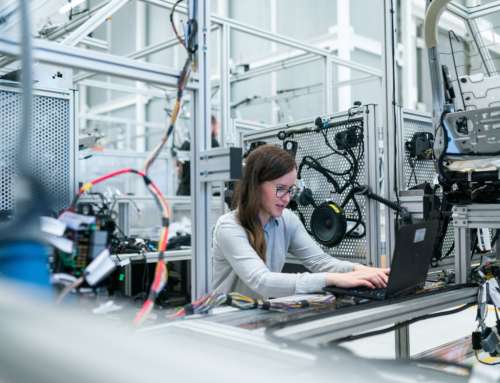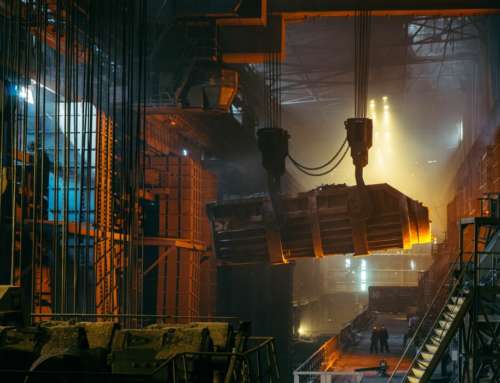By Daniele Diodati, Software Engineer
Automating production processes with the aim of improving the daily lives of the people involved is the decisive change of mentality to achieve effective and sustainable industrial automation.
In this second article, we will explore how the design of automated systems starting from the user experience favors dynamics of trust in the system and the correct use of the tools.
An element that is too often underestimated in the design and implementation of industrial automation systems is the trust of the people involved in the production process of the new system. Even in the most virtuous cases, in which the allocation of functions and activities between humans and machines is carried out in the best way possible (see the specific article by Andrea Chiancone), various elements can affect the operator’s confidence in the automated system.
The level of trust is directly proportional to the human experience of the production process and therefore to its efficiency. An incorrect level of confidence can lead the operator to underestimate the system and its potential benefits or, on the contrary, to overestimate its effectiveness (in a similar way to what was seen in the previous article regarding the irony of automation).
Before we dive into the ways in which trust can be created in automation systems, it is necessary to study the meaning of trust in this particular context.
The concept of trust in the world of automation
According to a research paper published by the academic journal IEEE Intelligent Systems in 2013, interpersonal trust is based on factors such as perceived competence, generosity, clarity and the ability to recover from situations of crisis. In the context of automation, others related to the technological dimension also matter, such as reliability, validity, usefulness, resistance and the rate of false alarms generated.
However, trust in automation systems is more difficult to recover following an error or anomaly than the interpersonal one. Already after the first system error, the operator tends to reduce his confidence, since he perceives that the system in which he is working is imperfect despite the technology provided. This phenomenon reduces the effectiveness of human-machine interaction and jeopardizes the adoption of large-scale digital technologies.
How to foster confidence in automation
Trust in automation can be fostered already in the design phase by acting on three levels: personal, technological, and organizational. Automation is largely relegated to the technological field, which identifies the development of effective and efficient systems capable of performing the required work with the least possible margin of error. The organizational aspect is often addressed in a partial way, by applying technology on existing processes and optimizing them.
A change of paradigm requires a greater investment in the organizational component, by redesigning processes in the most functional way based on the opportunities provided by enabling technologies. The redesign of the processes represents an important risk mitigation factor, which should be implemented from the first design studies in an automated system. In addition, this allows to center the process itself around human needs, avoiding the mere addition of technological components to an existing system.
However, the most relevant component in building a relationship of trust between the operator and the automated system consists in the study of the personal component of the system. Trust is in fact influenced by demographic factors such as age and by psychological variables partly deriving from the culture of belonging. In TeamDev, before and after the design phase, we carry out accurate user research analyzes to fully understand the dynamics of trust that will develop once the automated system has been implemented.
The results of user research do not only translate into a better user experience through elements such as usability, accessibility, aesthetics and utility. Including the operator already in the design phase has beneficial effects in creating a climate of trust in the automated system, since the human being is proactively involved in the change process. Too often this component is underestimated, assuming that the highest-level staff have all the necessary skills.
Final consideration
In the design and implementation of an effective automation system, it is necessary to take into account the multiple variables that determine the operator’s trust in technology. These variables can be categorized on a personal, organizational and technological level. Personal variables, in particular, must be analyzed with specific studies that involve operators from the initial stages of the project. A system that can immediately gain the trust of the human beings involved is in fact less error-prone and better used by operators.
More info





